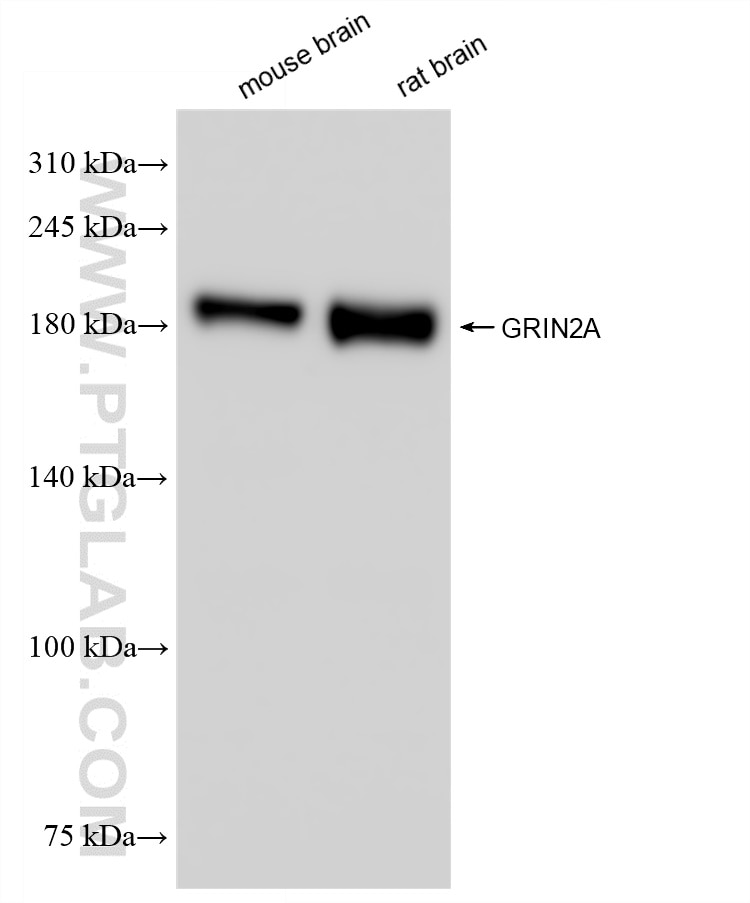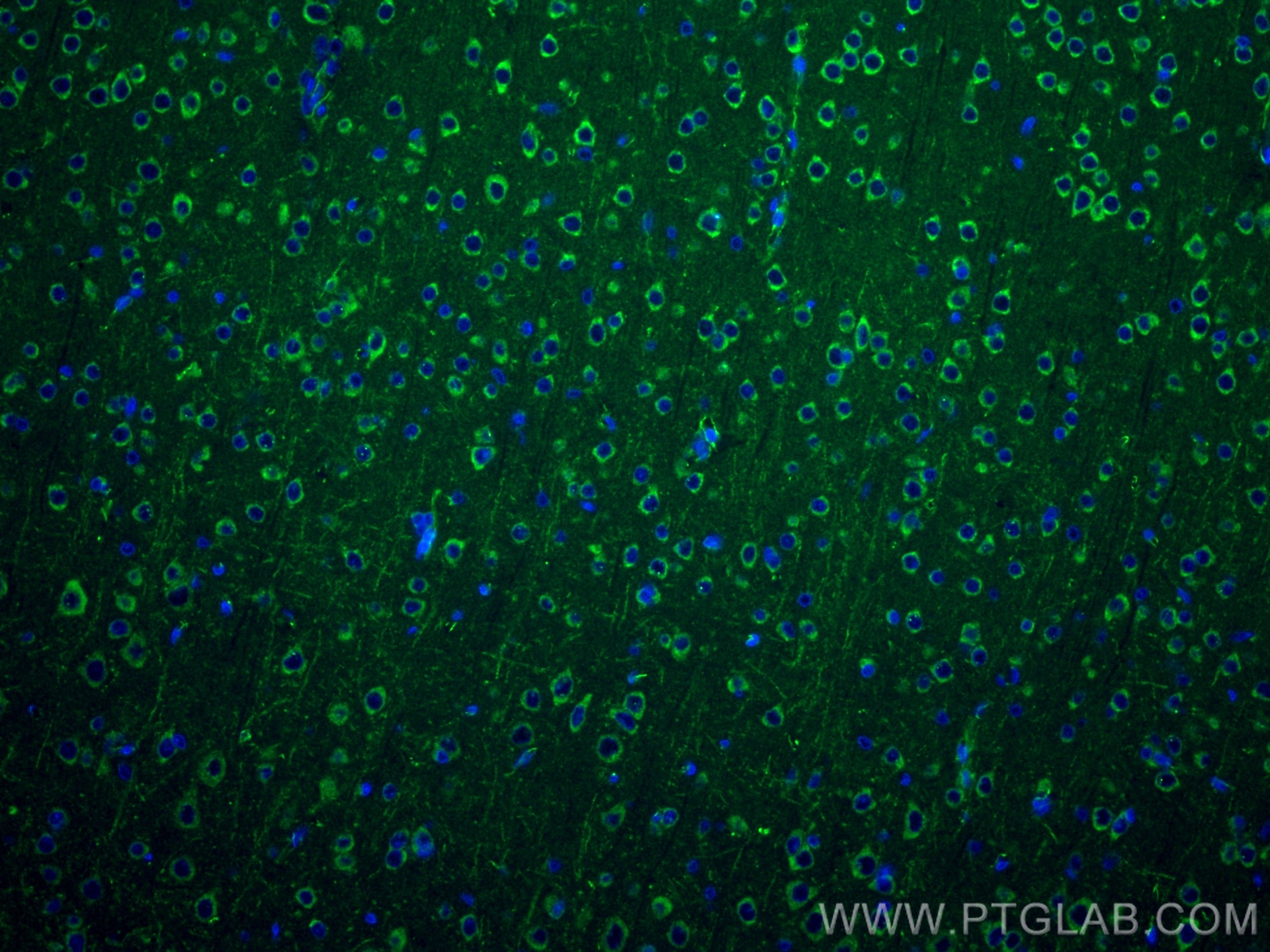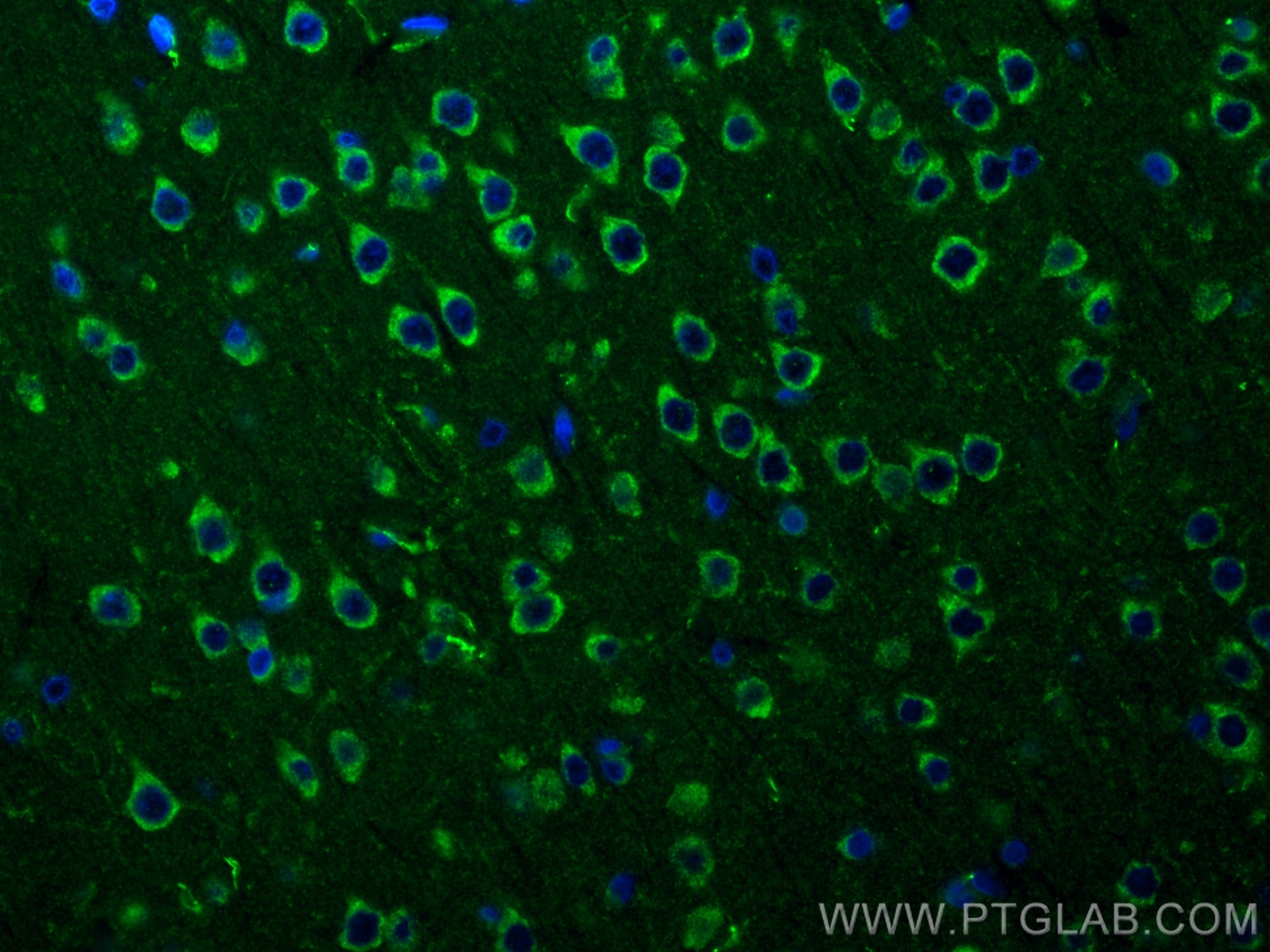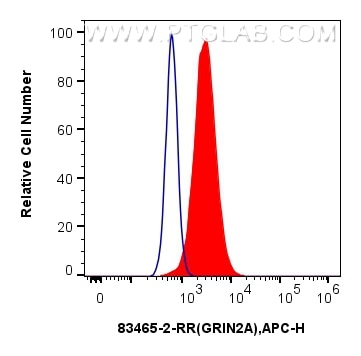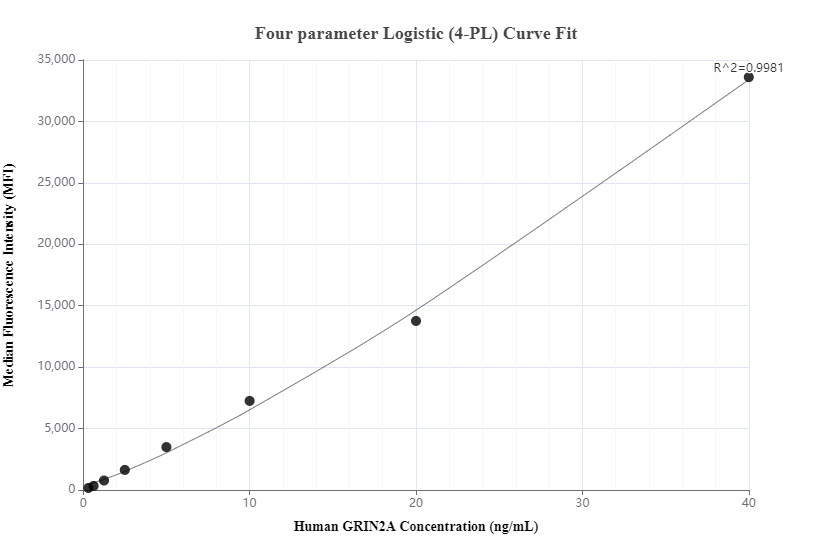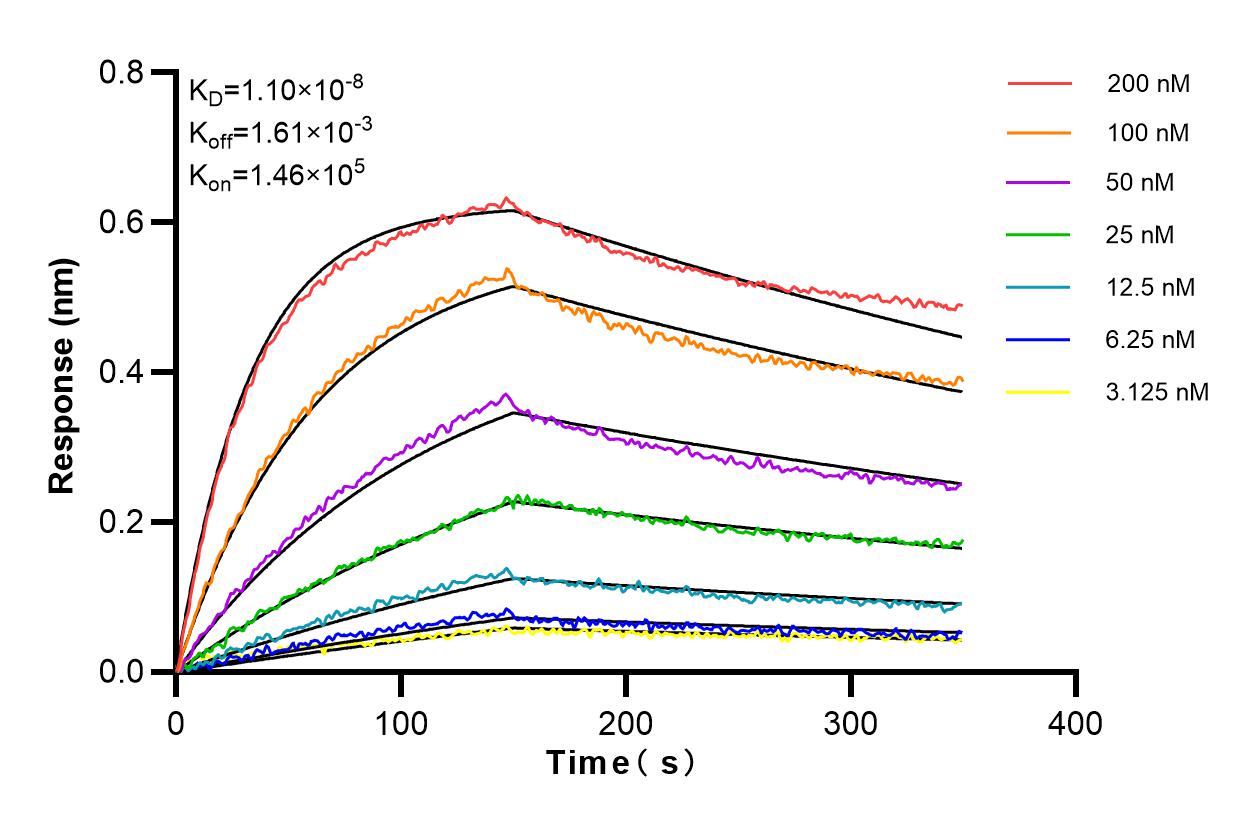NMDAR2A/GRIN2A Rekombinanter Antikörper
NMDAR2A/GRIN2A Rekombinant Antikörper für WB, IF-P, FC (Intra), Cytometric bead array, Indirect ELISA
Wirt / Isotyp
Kaninchen / IgG
Getestete Reaktivität
human, Maus, Ratte
Anwendung
WB, IF-P, FC (Intra), Cytometric bead array, Indirect ELISA
Konjugation
Unkonjugiert
CloneNo.
240445D4
Kat-Nr. : 83465-2-PBS
Synonyme
Geprüfte Anwendungen
Produktinformation
83465-2-PBS bindet in WB, IF-P, FC (Intra), Cytometric bead array, Indirect ELISA NMDAR2A/GRIN2A und zeigt Reaktivität mit human, Maus, Ratten
| Getestete Reaktivität | human, Maus, Ratte |
| Wirt / Isotyp | Kaninchen / IgG |
| Klonalität | Rekombinant |
| Typ | Antikörper |
| Immunogen | NMDAR2A/GRIN2A fusion protein Ag29101 |
| Vollständiger Name | glutamate receptor, ionotropic, N-methyl D-aspartate 2A |
| Berechnetes Molekulargewicht | 165 kDa |
| Beobachtetes Molekulargewicht | 160-180 kDa |
| GenBank-Zugangsnummer | NM_000833 |
| Gene symbol | GRIN2A |
| Gene ID (NCBI) | 2903 |
| Konjugation | Unkonjugiert |
| Form | Liquid |
| Reinigungsmethode | Protein-A-Reinigung |
| Lagerungspuffer | PBS only |
| Lagerungsbedingungen | Store at -80°C. 20ul Größen enthalten 0,1% BSA. |
Hintergrundinformationen
GRIN2A (glutamate ionotropic receptor NMDA type subunit 2A), also known as NMDAR2A. And its molecular weight is 165 kDa. GRIN2A is located in cell projection, dendritic spine, cell membrane, synapse, postsynaptic cell membrae, cytolamic vesicle membrane, which is expressed in many tissues, highest expression in brain and heart. This gene encodes a member of the glutamate-gated ion channel protein family. The encoded protein is an N-methyl-D-aspartate (NMDA) receptor subunit. NMDA receptors are both ligand-gated and voltage-dependent, and are involved in long-term potentiation, an activity-dependent increase in the efficiency of synaptic transmission thought to underlie certain kinds of memory and learning. These receptors are permeable to calcium ions, and activation results in a calcium influx into post-synaptic cells, which results in the activation of several signaling cascades. Disruption of this gene is associated with focal epilepsy and speech disorder with or without cognitive disability. Alternative splicing results in multiple transcript variants.
